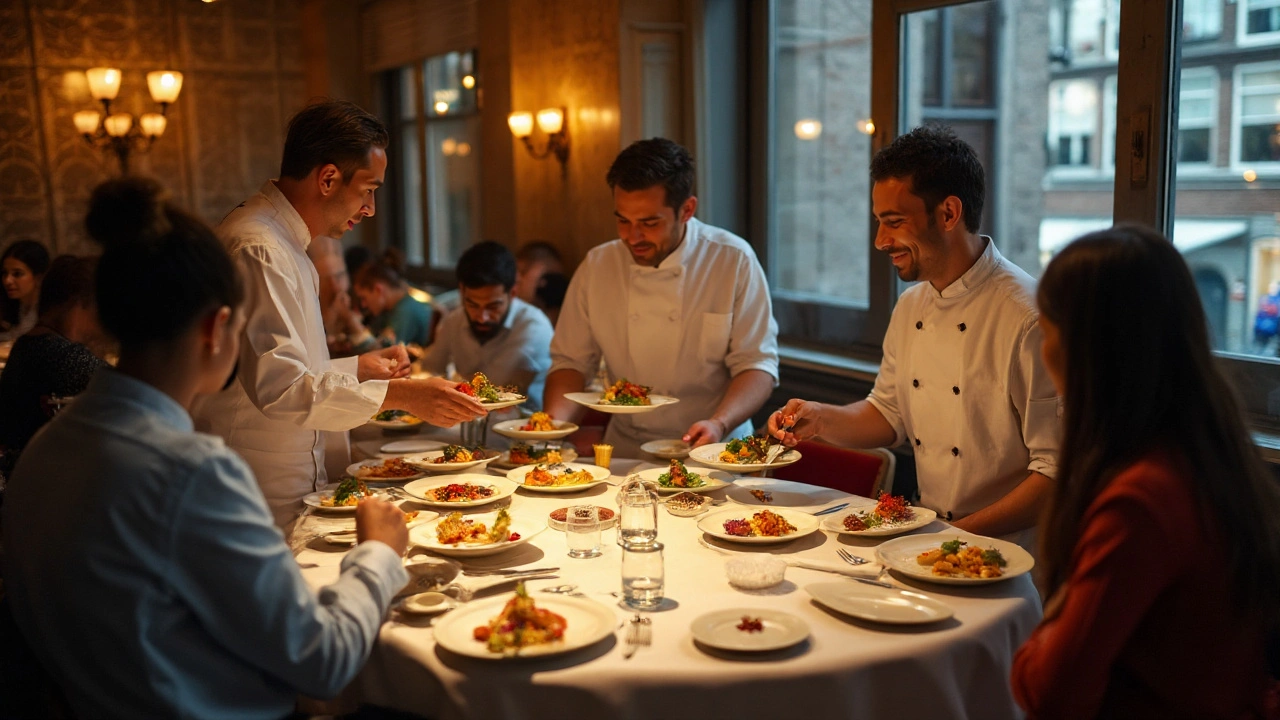
London’s Best Tasting Menus for an Unforgettable Culinary Adventure
Discover London’s most unforgettable tasting menus, packed with insider tips, chef secrets, and local favorites. Perfect for residents, foodies, and visitors hungry for the best of London.
View More